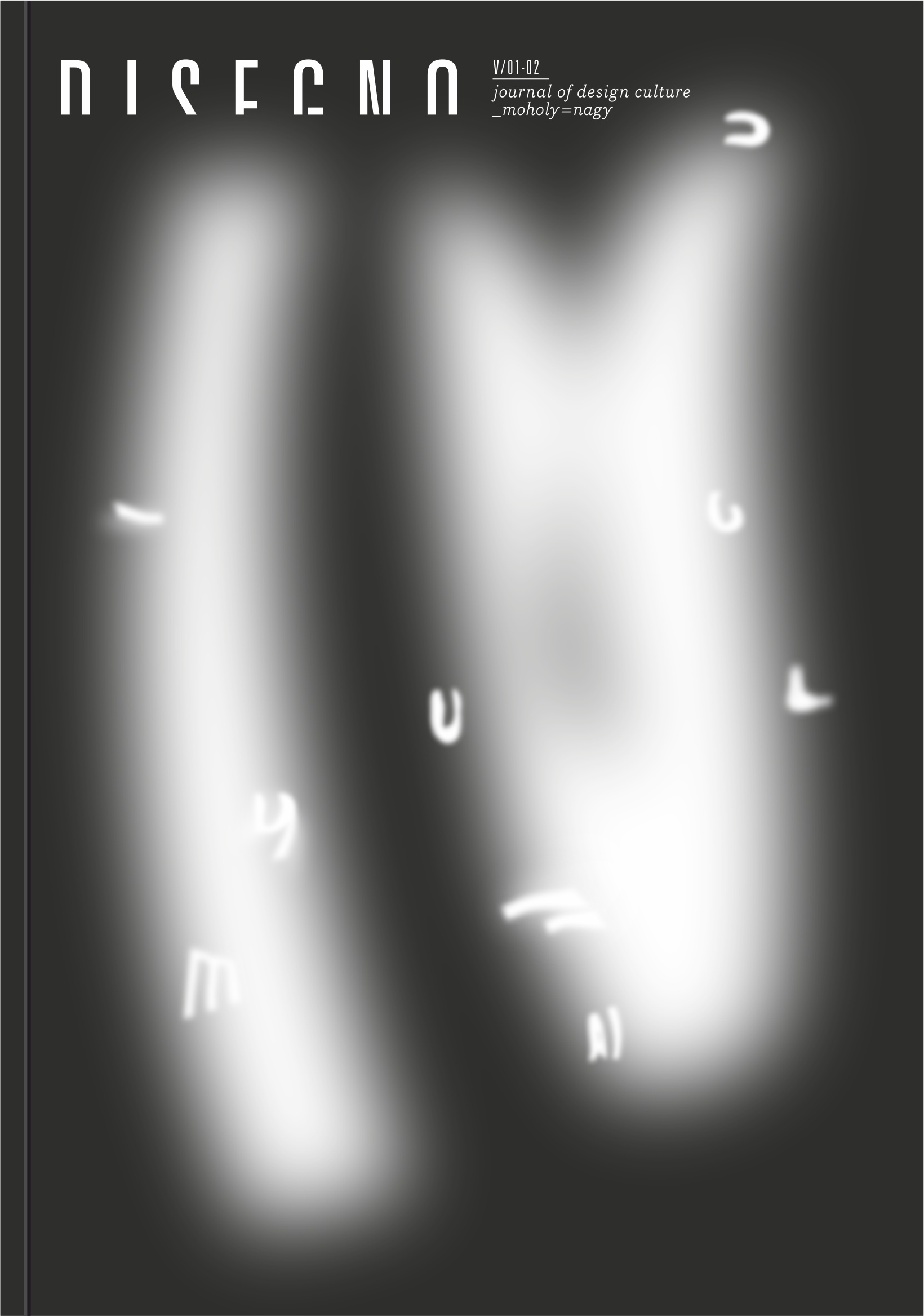Moholy-Nagy's Light Prop for an Electric Stage
Moholy-Nagy’s Light Prop for an Electric Stage
Design, Copies, and Reproductions
Author(s): Sofía Quiroga FernándezSubject(s): Fine Arts / Performing Arts, Cultural history
Published by: Moholy-Nagy Művészeti Egyetem
Keywords: copies; electric stage; exhibition; Light Prop; reproduction
Summary/Abstract: László Moholy-Nagy worked on the prototype for Light Prop for an Electric Stage for eight years,from 1922 to 1930, developing several sketches and designs. The final drawings and model weremade with the collaboration of the Hungarian architect Stefan Sebök (István Sebők). The devicewas built by the AEG company, and it was displayed for the first time in the Werkbund exhibitionheld in Paris in 1930, where it appeared as an autonomous aesthetic object. This was clearlycaptured in the film Light Play: Black-White-Gray, in which Moholy-Nagy recorded its kineticquality in the spirit of the abstract films developed at that time. The film clearly shows the motionof the lighting device as a formal exercise of abstraction using double exposures, special effectsand close-ups. The Light Prop underwent several alterations over time to keep it working ina variety of exhibitions around Europe and America. In 1956, after Moholy-Nagy passed away,his widow, Sibyl Moholy-Nagy, donated it to the Harvard Busch-Reisinger Museum, where it hasremained ever since. After further damage caused by inappropriate restoration and its mechanicalinstability, the Light Prop was reconstructed in 1969 for the exhibition From Pigment to Light,celebrated at the Howard Wise Gallery in New York (Tsai et al. 2017). The idea of a copy emergedduring the planning of this exhibition to preserve the legacy of Moholy-Nagy’s knowledge. SibylMoholy-Nagy finally approved this idea in 1970, allowing the production of two copies, one forthe exhibition and the other for the 35th Venice Biennale (1970). Both reproductions were kept andsent to the Bauhaus Archive in Darmstadt and the Van Abbemuseum, where the original devicehad suffered repeated damage during the KunstLichtKunst exhibition (1966). The essay attemptsto trace the timeline of modifications from the original device to the reproductions.
Journal: Disegno – a designkultúra folyóirata
- Issue Year: V/2021
- Issue No: 1-2
- Page Range: 166-177
- Page Count: 12
- Language: English

